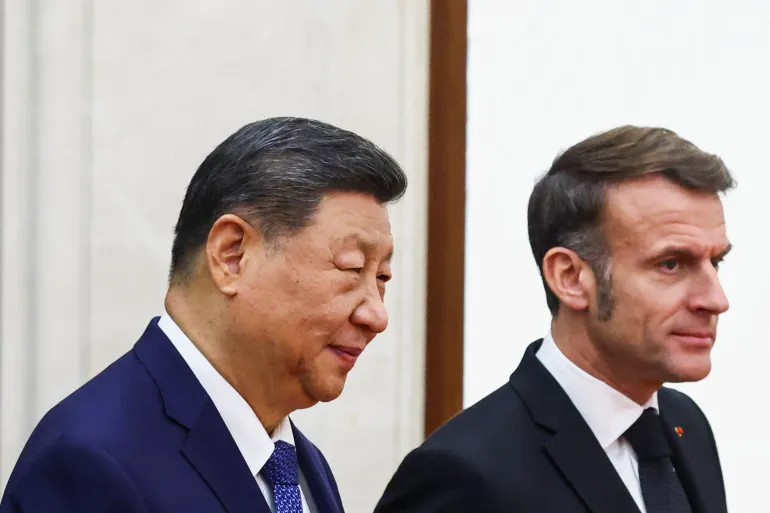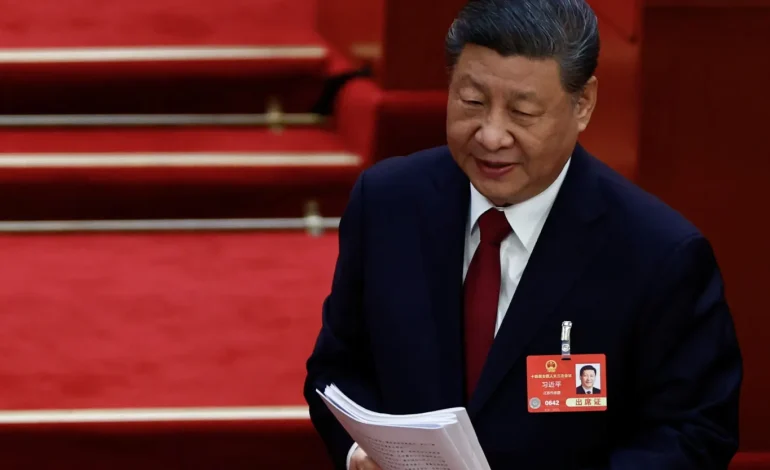China has reaffirmed its 2025 GDP growth target of around 5%, but economists warn that achieving this goal could require stronger stimulus measures, especially if trade tensions with the United States escalate further, CNBC reports.
The Chinese government is under increasing pressure to boost domestic consumption and support the housing sector while reducing its dependence on exports. Concerns are growing over the impact of higher US tariffs, as President Donald Trump has imposed a 20% tariff increase on Chinese imports in the past month, with additional measures expected as early as April.
Although Chinese Premier Li Qiang did not explicitly mention tariffs, he acknowledged “unprecedented external challenges” affecting the economy. Economists believe that Beijing will likely delay major stimulus measures until later in the year, waiting to assess the full impact of tariffs on growth.
To support its growth target, China has raised its fiscal deficit target to 4% of GDP, up from 3% last year. The government also plans to issue 1.3 trillion yuan ($179.5 billion) in ultra-long-term treasury bonds, while local governments have been allowed to issue 4.4 trillion yuan in special debt for infrastructure investments and real estate support.
However, some analysts argue that these measures may not be sufficient. Julian Evans-Pritchard, head of China economics at Capital Economics, noted that the fiscal boost is smaller than previous stimulus cycles, making it unlikely to trigger a strong economic rebound.
Despite the government’s focus on stimulating consumer spending, weak demand remains a concern. Efforts such as trade-in subsidies for home appliances and electronics have been expanded, but analysts say these initiatives represent only a small fraction of China’s 135 trillion yuan economy.
The real estate sector, a key driver of economic activity, also remains a major challenge. While authorities are expected to introduce stronger policies to stabilize the property market, concrete measures have yet to be announced.
Economists suggest that Beijing may follow a similar approach to 2024, when it introduced a wave of stimulus measures in the second half of the year to ensure it met its 5% growth target. If economic pressures continue to mount, additional policy support could be unveiled later in 2025.
“March is too early for major stimulus,” said Larry Hu, chief China economist at Macquarie. “If necessary, policymakers could unveil new measures later in the year, as they did last May and September.”
China has rarely failed to meet its official growth targets. However, in 2022, it fell short, reaching only 3% growth due to the COVID-19 pandemic, well below the 5.5% goal.










The latest news in your social feeds
Subscribe to our social media platforms to stay tuned